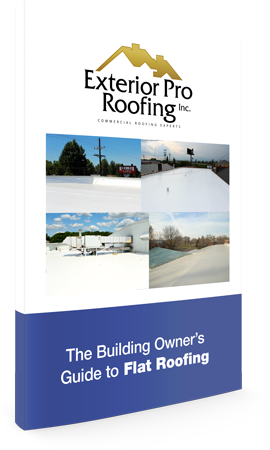Metal roof coatings come in many types and coatings designed for metal roofs are created in a variety of different fillers and binders. Coatings are a fluid or liquid that is applied to form a heavy film coating that protects the metal and prevents leaks.
Primers
The first steps in preparing a metal roof for a coating involves cleaning and priming the surface. Any damaged metal will need repair work performed first. A primer is applied to improve the adhesion of the actual protective coating. Primers come in different forms including cut-back, emulsion and polymer-based.
Emulsion primers use water as a solvent and are suitable for use in areas that restrict volatile organic compounds (VOCs). Primers must be allowed to dry completely before any other products are applied.
Polymer-based primers are also water-soluble and protect the roof coating from absorbing any stains from the underlying roofing material. Polymer primers come in different formulations to work with specific coatings. ERSystems Acrylic Metal Rust Primer works as both a primer and finish coat while also preventing rust formation on the metal roof.
Materials in Metal Roof Coatings
 The base materials for coatings include water-based acrylics, solvent-based aluminum, polyurethane, styrene-ethylene butylene styrene (SBS), and rubberized aluminum. Ceramics and fillers can be added to improve durability and increase weather and aging resistance.
The base materials for coatings include water-based acrylics, solvent-based aluminum, polyurethane, styrene-ethylene butylene styrene (SBS), and rubberized aluminum. Ceramics and fillers can be added to improve durability and increase weather and aging resistance.
Aluminum emulsions provide the appearance of a metal roof, with aluminum metal flake in the coating. If a metal roof currently has an aluminum coating, care must be taken in applying the correct primer to reduce the potential for the new coating to peel or chip from the surface. Black or asphalt based coatings are normally a low cost solution, but can also be used to effectively reduce water ponding on roofing system with poor drainage.
Polymer-based coatings include those with acrylics, silicone, ceramic or polyurethane. The properties of these binders add to the hardness, elasticity, durability and permeability features of the metal roof coating. Acrylics offer versatility with the ability to be applied over many other types of original coatings. Acrylics are also used in mastic or caulks to seal joints, penetrations and transitions.
Polyurea based coatings offer a harder surface finish. Urethane offers high tensile strength and elongation. Elastomeric coatings, like OneStep, maintain elastic properties for expansion of metal roofing systems and offer chemical resistance, durability and reflectivity for multiple substrates.
Coatings may be applied with an airless spray system, roller or broom. The surface preparation is critical to achieve the best results in metal roof coatings. Coatings should not be applied in high winds and manufacturers have different recommendations for minimum temperatures and drying times before rain.







